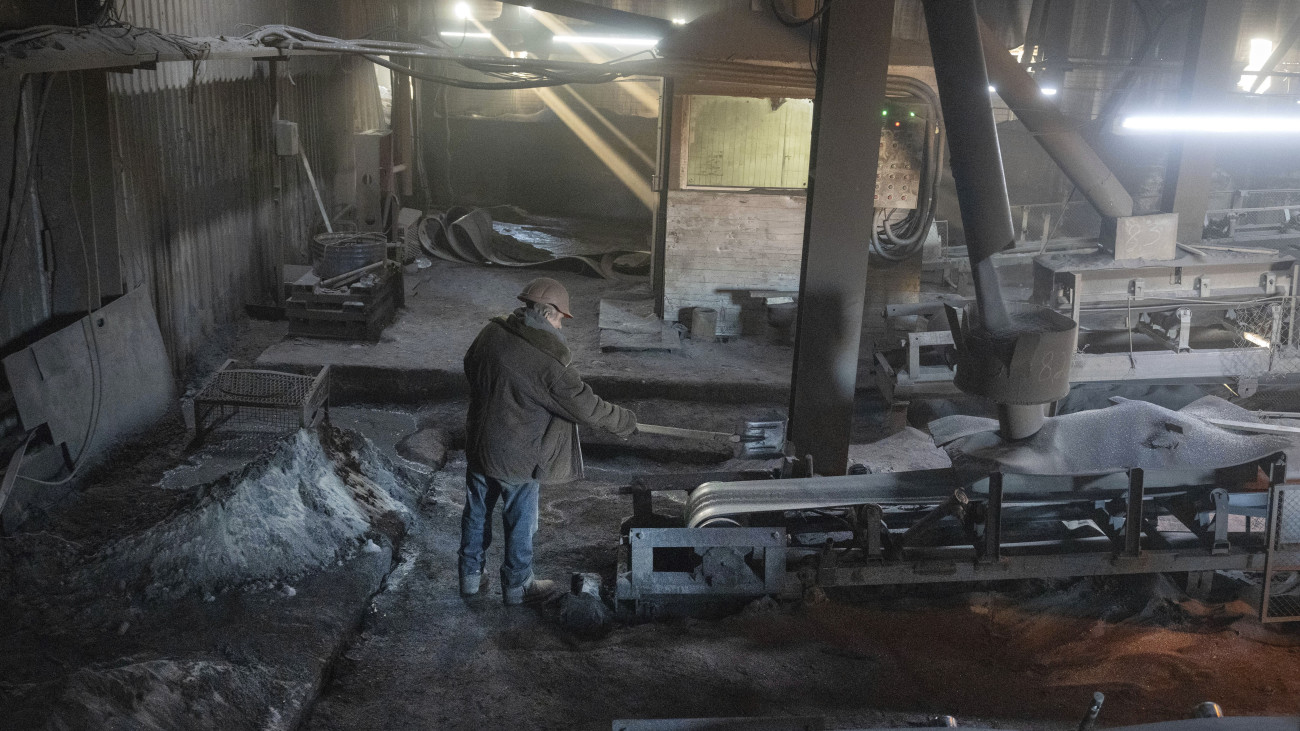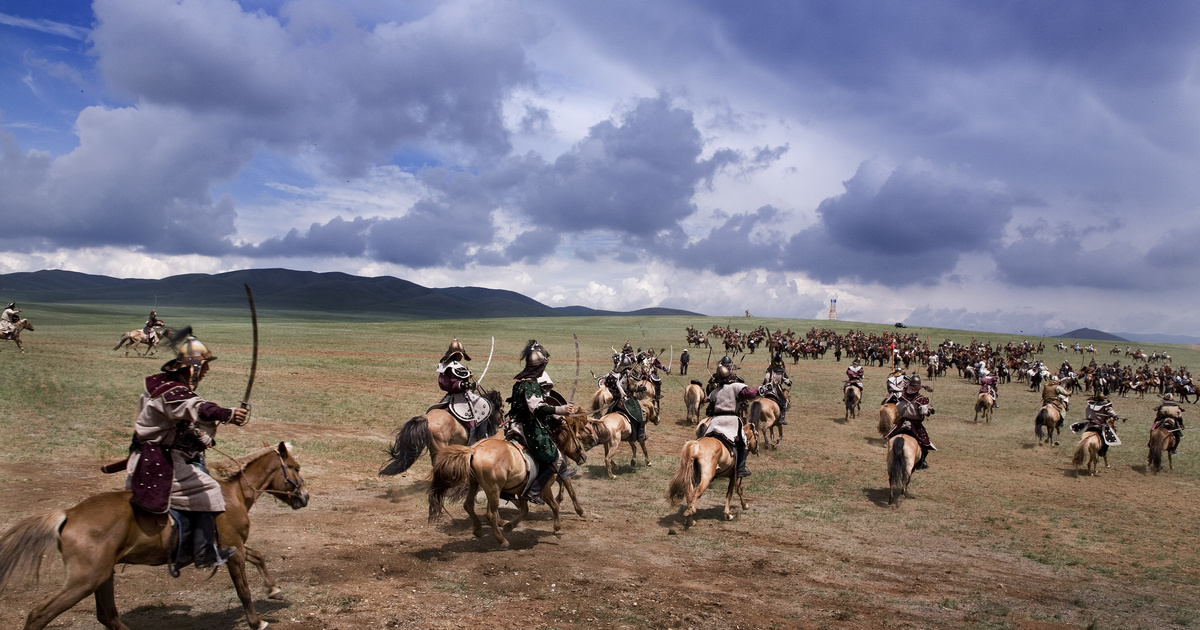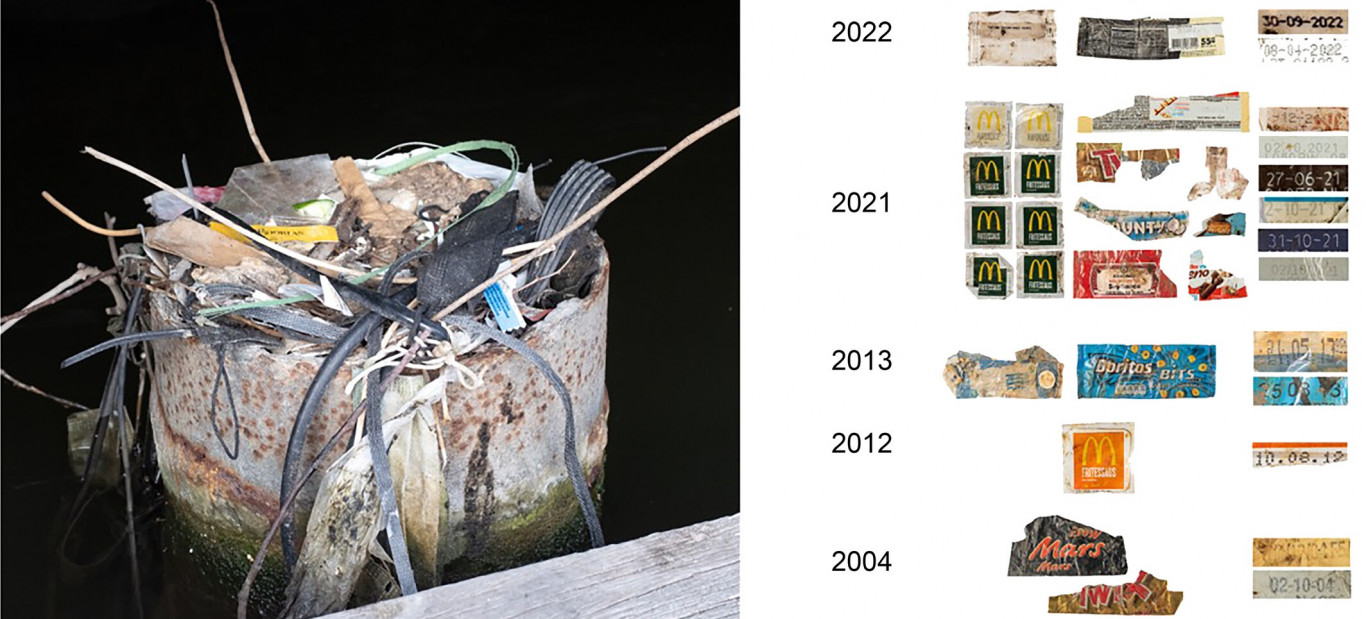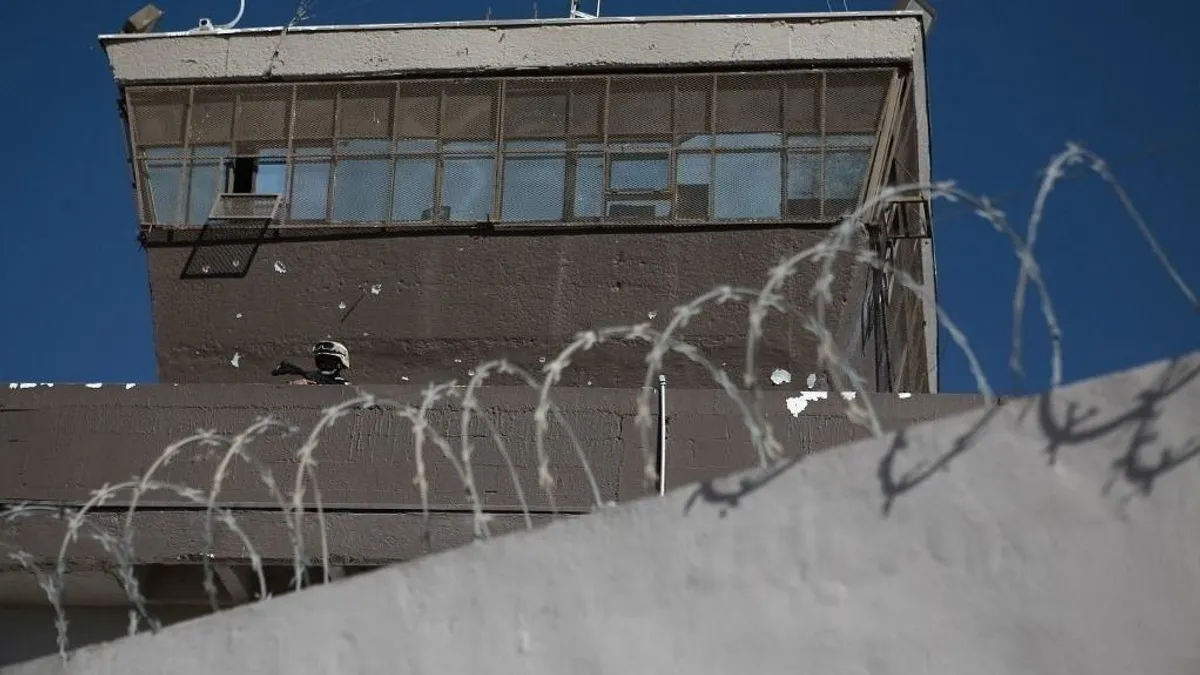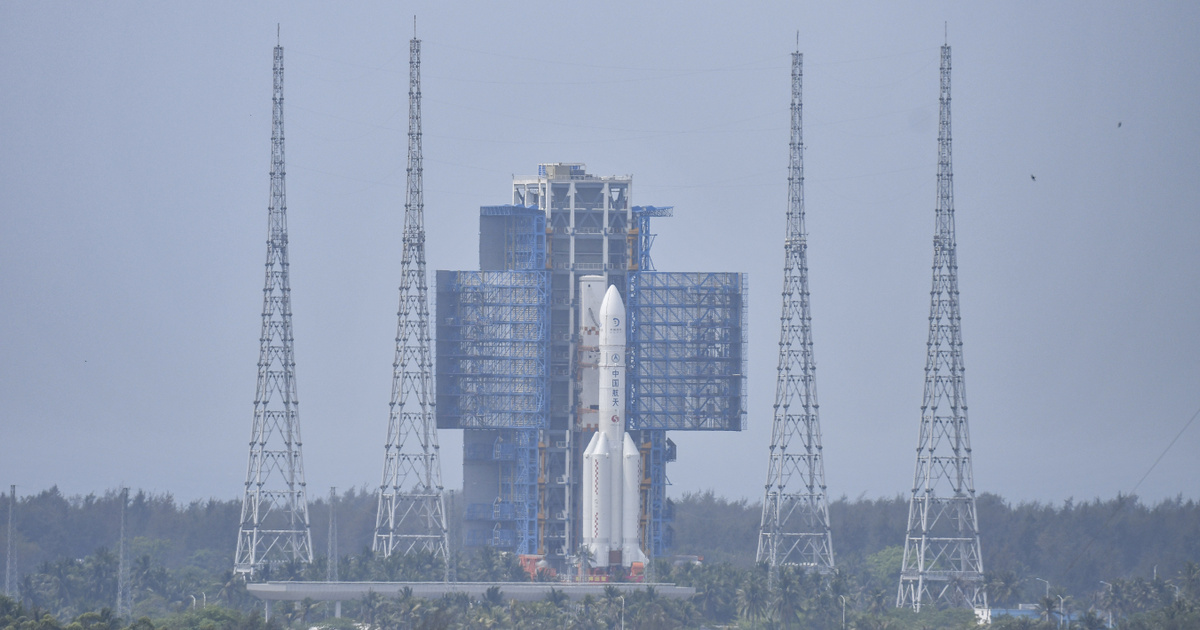The Chang'o-6 probe, China's most complex robotic lunar mission to date, launched a Long March 5 rocket from the Wenchang Space Center on the southern Chinese island of Hainan, where space enthusiasts gathered to witness the historic moment. According to the country's National Space Agency, the launch was successful CNN.
It all marks the beginning of a mission that represents a major milestone in China's quest to become a dominant space power, landing astronauts on the moon by 2030 and building a research base in Antarctica.
During the 53-day mission planned by China, the Chang'o-6 lander will land in a crater on the far side of the moon, which has never before been seen from Earth. China became the first and only country to land on the far side of the Moon during the 2019 Chang'o-4 mission.
Samples collected by the Chang'o-6 lander could help scientists look at the evolution of the Moon and the solar system itself – and provide important data to advance China's lunar program.
The dark side of the Moon has a thicker, older crust with more craters that are less covered by ancient lava flows than the side facing Earth, the researchers said. BBC. Scientists hope that this will facilitate the collection of samples that will help shed light on how the moon was formed.
Ji Ping, deputy director of the China Lunar Research and Aerospace Engineering Center, told reporters before the launch:
Chang'o-6 will collect samples from the far side of the Moon for the first time in human history.
The probe is named after the Moon Goddess, one of the most popular characters in Chinese mythology. It is expected to land in the Aitken Basin in Antarctica, which is about 2,500 kilometers wide and 8 kilometers deep. Then the goal is to collect moon rocks and conduct experiments.
The launch is the first of three large-scale unmanned lunar missions planned by China this decade. Chang'o-7 will search for water at the Moon's south pole, and Chang'o-8 will try to determine the technical feasibility of building a planned international lunar research station.





